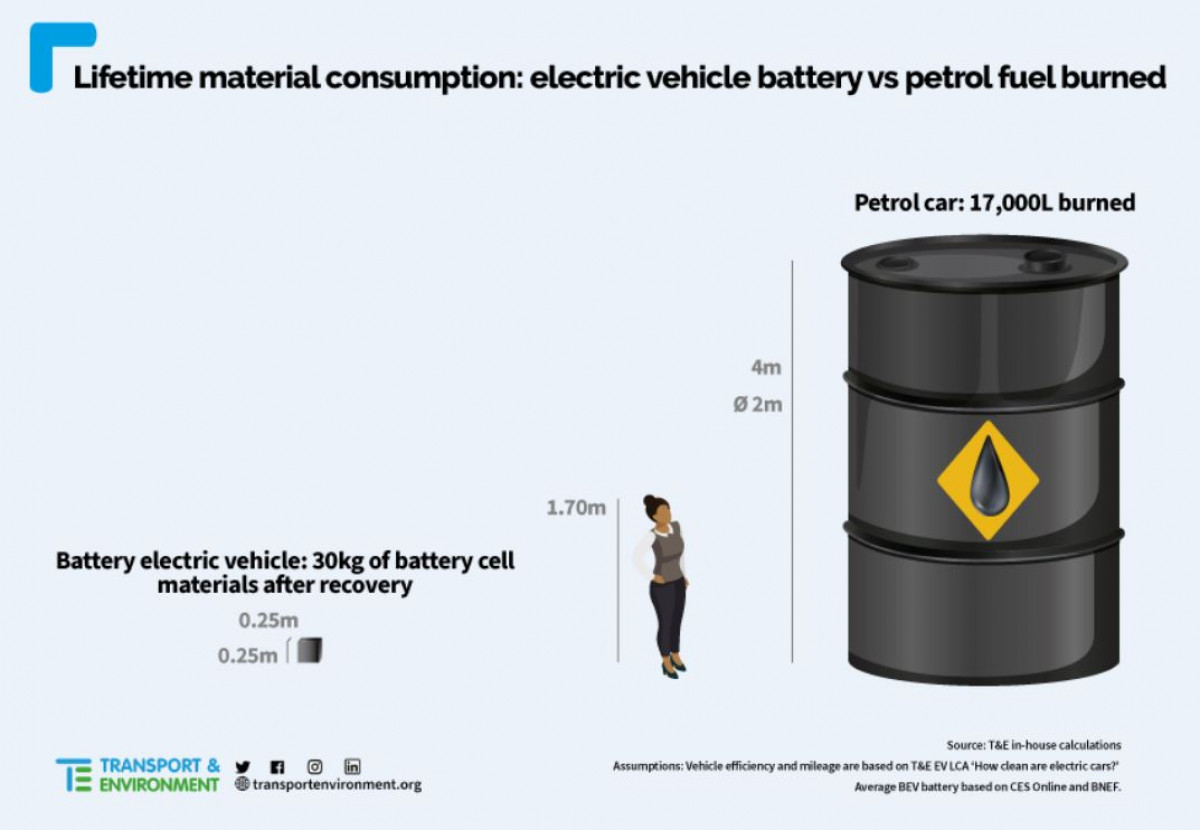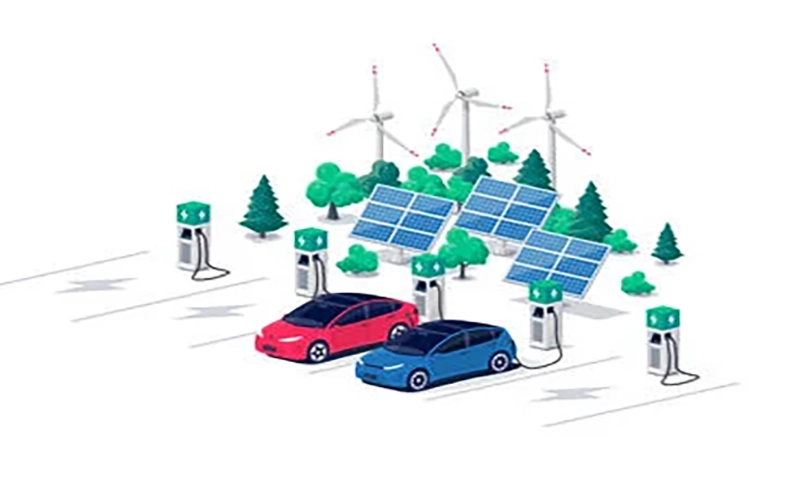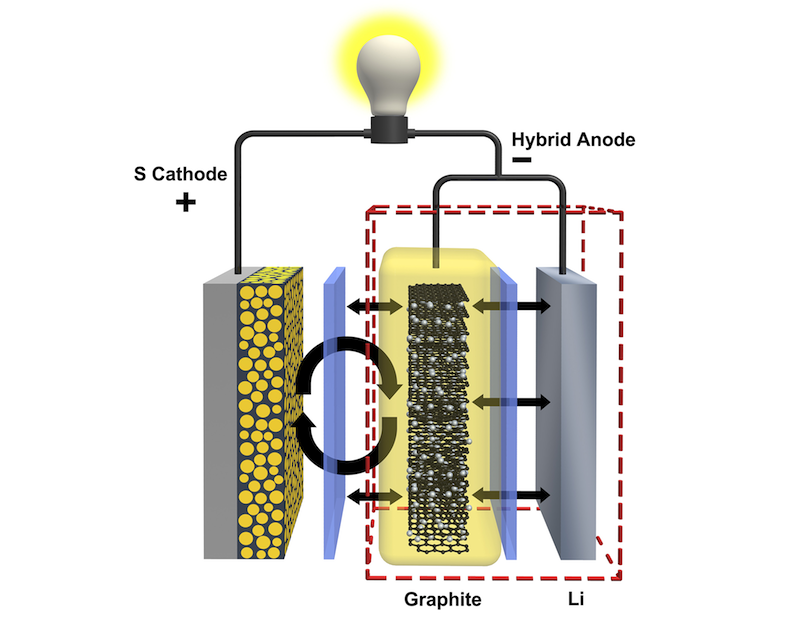Table of Contents
- Electric Vehicle Battery Production: What, Why, Who, When, Where, How
- Battery gigafactories will rapidly make e-cars even greener – battery ...
- Battery development may extend range of electric cars
- News - The Evolution of Electric Car Battery Technology
- How Are Electric Vehicle Batteries Made? - The New York Times
- Electric Car Batteries: What They’re Made Of, What Happens to Them, and ...
- Electric Car Battery Production: A Deep Dive into its Environmental ...
- How EV Batteries Are Made | GreenCars
- What technological advancements are driving the evolution of electric ...
- The underbelly of electric cars: Where all those EV batteries come from ...



Introduction to EV Batteries



Materials Used in EV Battery Manufacturing



The EV Battery Manufacturing Process
The manufacturing process for EV batteries involves several stages, including: 1. Cell production: the creation of individual battery cells, which involves mixing and coating the cathode and anode materials, as well as assembling the cells. 2. Module assembly: the cells are connected in series and parallel to form a battery module. 3. Pack assembly: the modules are then assembled into a battery pack, which is designed to meet the specific requirements of the EV. 4. Testing and validation: the battery pack is tested and validated to ensure it meets the required safety and performance standards.